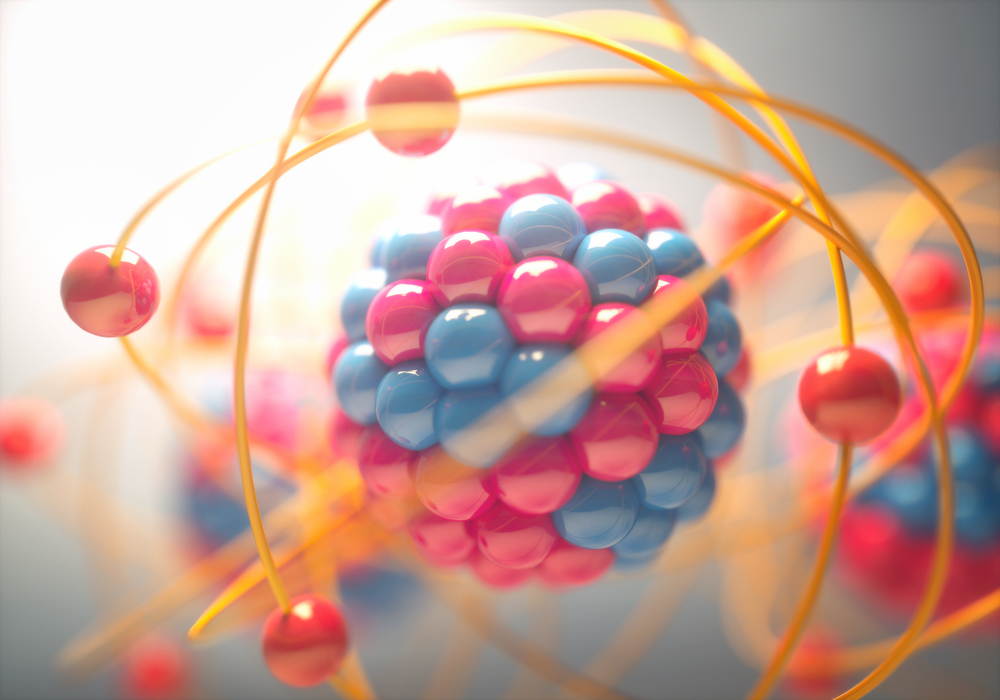In actual science, a particle (or corpuscle in additional carefully prepared texts) is a little limited object to which different physical or substance properties, similar to volume, thickness, or mass, can be credited. They contrast essentially in size or sum, from subatomic particles like electrons, to microscopic particles like particles and molecules, to normally noticeable particles like powders and other granular materials. The particles can moreover be used to build sensible models of impressively greater things considering their thickness, for instance, gatherings or individuals moving in divine bodies.
The term particle is general in importance, and is refined dependent upon the situation by various legitimate fields. Whatever is included particles can be called particles. Regardless, what atom is used most often to imply harms in the Earth’s air, which are a suspension of isolated particles, rather than a related particle combination. For additional instructive articles, visit techkorr.
Determined quality
The possibility of particles is particularly useful while showing nature, as the full treatment of various eccentricities can be muddled and incorporate problematic calculations. It might be used to improve on assumptions with respect to the cycles being referred to. Francis Sears and Mark Zemansky at University Physics give examples of working out the appearance position and speed of a baseball threw exceptionally high. They consistently strip the baseball of by far most of its properties, first celebrating it as an unyielding smooth circle, then dismissing turn, softness and crushing, in the end diminishing the issue to the ballistics of a customary point particle. . The treatment of colossal amounts of particles is a field of genuine actual science.
Shape
The maxim “particle” is ordinarily applied contrastingly to the three classes of shapes. The term normally noticeable particles regularly implies particles much greater than particles and particles. These are regularly distracted as point-like particles, whether they have volumes, sizes, structures, etc. Occurrences of recognizable particles would integrate powder, dust, sand, pieces of waste from a car crash, or even colossal things like stars. of a vast framework.
Another sort, small particles conventionally suggest particles going in size from particles to iotas, similar to carbon dioxide, nanoparticles and colloidal particles. These particles are focused on in science, as well as in atomic and nuclear actual science. The most diminutive particles are subatomic particles, which suggest particles not as much as particles. These would consolidate the pieces of the particle – particles like protons, neutrons and electrons – as well as various kinds of particles that should be conveyed in atom gas pedals or immense bars. These particles are focused on in atom material science.
On account of their microscopic size, the examination of moment and subatomic particles falls inside the area of quantum mechanics. They will show quirks displayed in an atom in a holder model, including wave-particle duality, and whether particles can be seen as discrete or vague is a critical request a significant part of the time. You ought to likewise be aware of molecule vs compound.
Sythesis
Particles can in like manner be organized by their development. Compound particles insinuate particles that have a piece – they are particles that are made from various particles. For example, a carbon-14 molecule is involved six protons, eight neutrons, and six electrons. Strangely, simple particles (in like manner called focal particles) suggest particles that are not made from various particles. According to our continuous cognizance of the world, only barely any these exist, similar to leptons, quarks and gluons. Regardless of the way that it is possible that a piece of these may eventually become composite particles, and have every one of the reserves of being simply simple at this moment. [18] While composite particles can much of the time be believed to be point-like, simple particles are indeed solid.
N-Body Simulation
In computational actual science, n-body amusements (generally called n-atom reenactments) are generations of dynamical systems of particles impacted by unambiguous conditions, for instance, being presented to gravity. These multiplications are very typical in cosmology and computational fluid components.
N suggests the amount of particles considered. As multiplications with higher N are the more computationally raised, structures with endless veritable particles are habitually approximated to not many particles, and entertainment estimations ought to be upgraded in an arrangement of ways.

